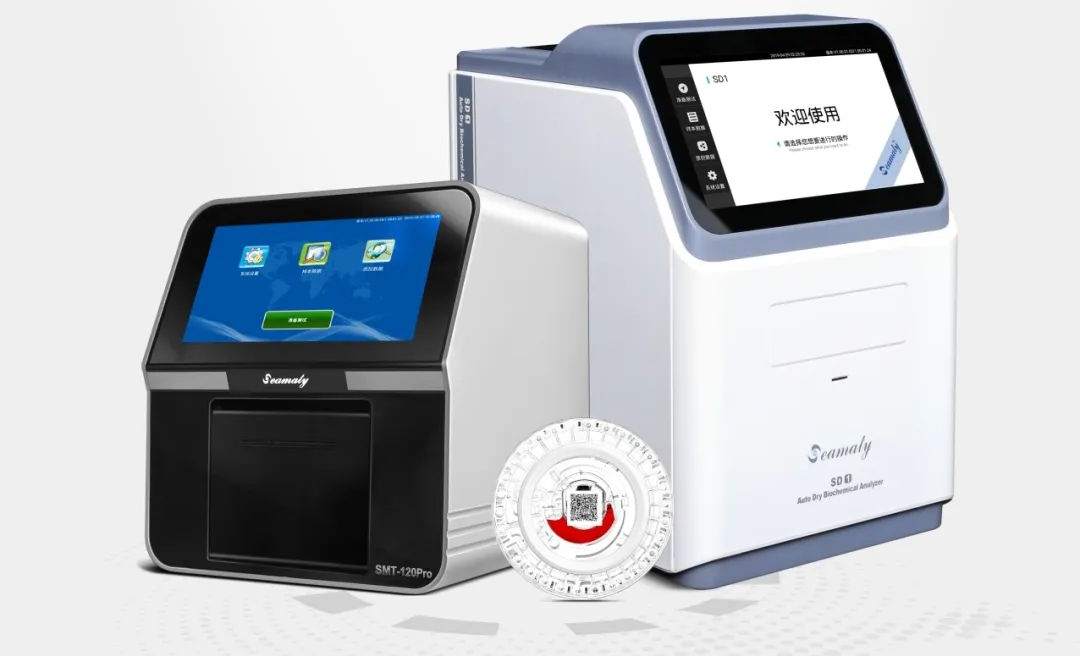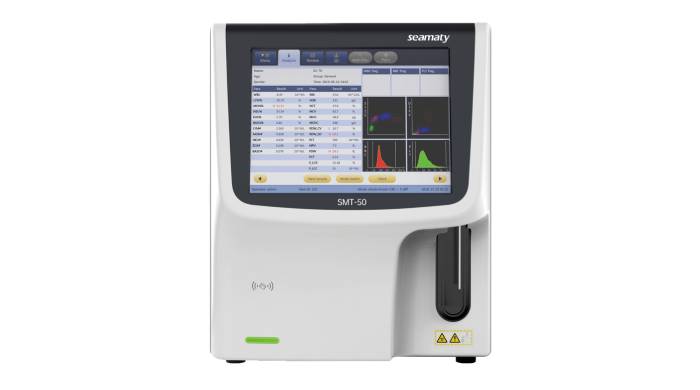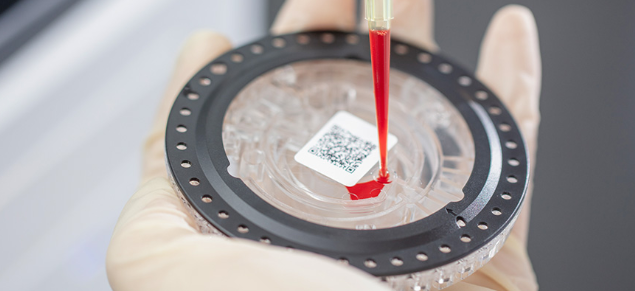release time:2021-10-15 15:26:49

2022-10-08
As we all know, cholesterol, blood pressure, blood sugar and other important indicators to measure a person's health status. But there is another indicator that is always overlooked by the public, which is almost equal to the harm caused by high cholesterol on cardiovascular. This indicator is homocysteine (HCY). Homocysteine is also known as the "bad cholesterol of the 21st century".

2022-04-12
A routine blood analysis is actually a blood cell analysis. Blood cells are also known as "blood cells", so it can also be called a blood cell analysis. Blood cells are cells that are found in the blood and travel throughout the body with the flow of blood.

2022-03-17
Molecular diagnostics belongs to the field of in vitro diagnostics. Unlike clinical biochemistry, immunology, haematology and microbiological testing, molecular diagnostics is more mature in China and has a stable upstream and downstream system.